Wow, did I have some wild dreams last night.
While I don’t recall them all, I’m left with a certain feeling that I tapped into an unusual state of consciousness. I had several moments of active hypnagogia and hypnopompia - those states between being awake and falling sleep, and being asleep and waking (respectively). At one point I was speaking to someone in the dream as I was waking up, recounting a dream within a dream to them. I caught myself with eyes open yet still half asleep, speaking aloud to that person who was still in the dream.
I’m not totally certain that I can attribute the phenomena to a particular herb or combination of herbs, but being as I have been a bit rundown I’ve been increasing my intake of certain herbs that might stimulate my body to produce GABA – gamma-aminobutyric acid – a neurotransmitter that can affect our brain waves. Specifically, GABA has been shown to increase alpha waves – which are active when we are relaxed and not thinking too much. Our brains produce these waves as we are beginning to fall asleep or just starting to wake up.
I’ve increased my intake of both Oregano (Oregano vulgare) and Bee Balm (Monarda species) - the former in the form of oil and the latter as an infusion. These are both mint family (Lamiaceae) plants. Many of the plants in this family contain rosmarinic acid and other compounds that have an effect on GABA production. They’re great herbs to take before meditation or to enhance dream recall and as oneirogens, or dream-stimulating herbs.
Although not typically thought of as an oneirogen, and not a member of the mint family but the figwort or Scrophulariaceae, Mullein (Verbascum species) does have an effect on dreams. Some say that Mullein helps to ward off nightmares. I find that it has a gently supportive quality, that brings grounding and relaxation with its mildly soporific effects. Like a light in the dark, Mullein can be an anchor or beacon to guide someone through dreams.
As with all herbs, individual results will vary.
Mullein leaves, roots, and flowers can be drunk as an infusion or taken as a tincture. Another way that some folks like to enjoy Mullein is to smoke the leaves. There are a couple of ways to do this, which I’ll show you in the following video. In it, I mix up an herbal smoking blend for occasional or ceremonial use. Enjoy the video and I look forward to your comments, either in this post or on YouTube.
If you enjoyed this video, you’ll love INFUSE, a monthly immersion to deepen your relationship with healing plants. We work with one plant each month, connecting through meditation, wildcrafting, medicine making, ritual, and other creative collaborations with the Wise Green Ones. Learn more and join a community of fellow plant lovers.
